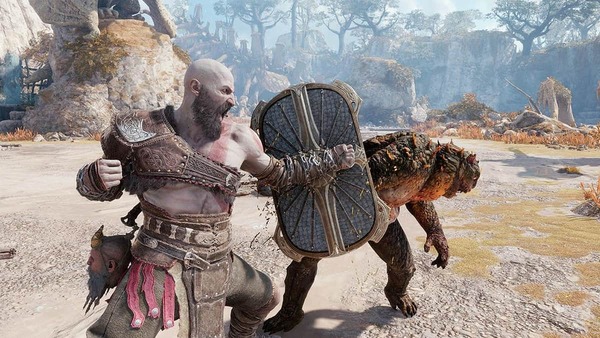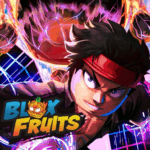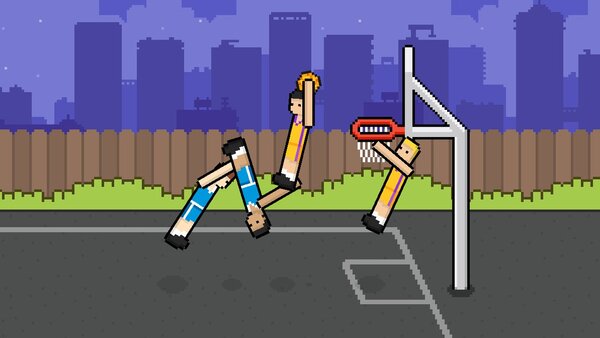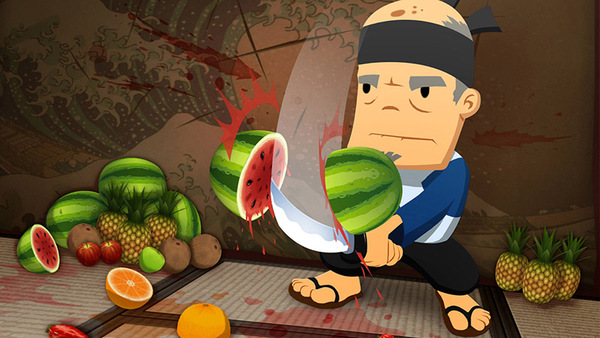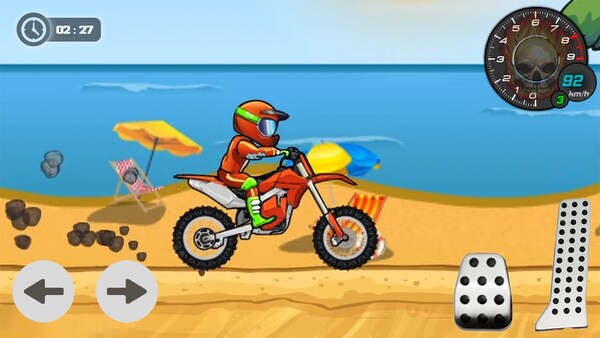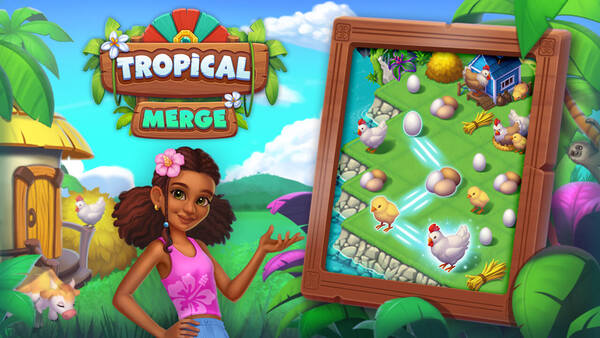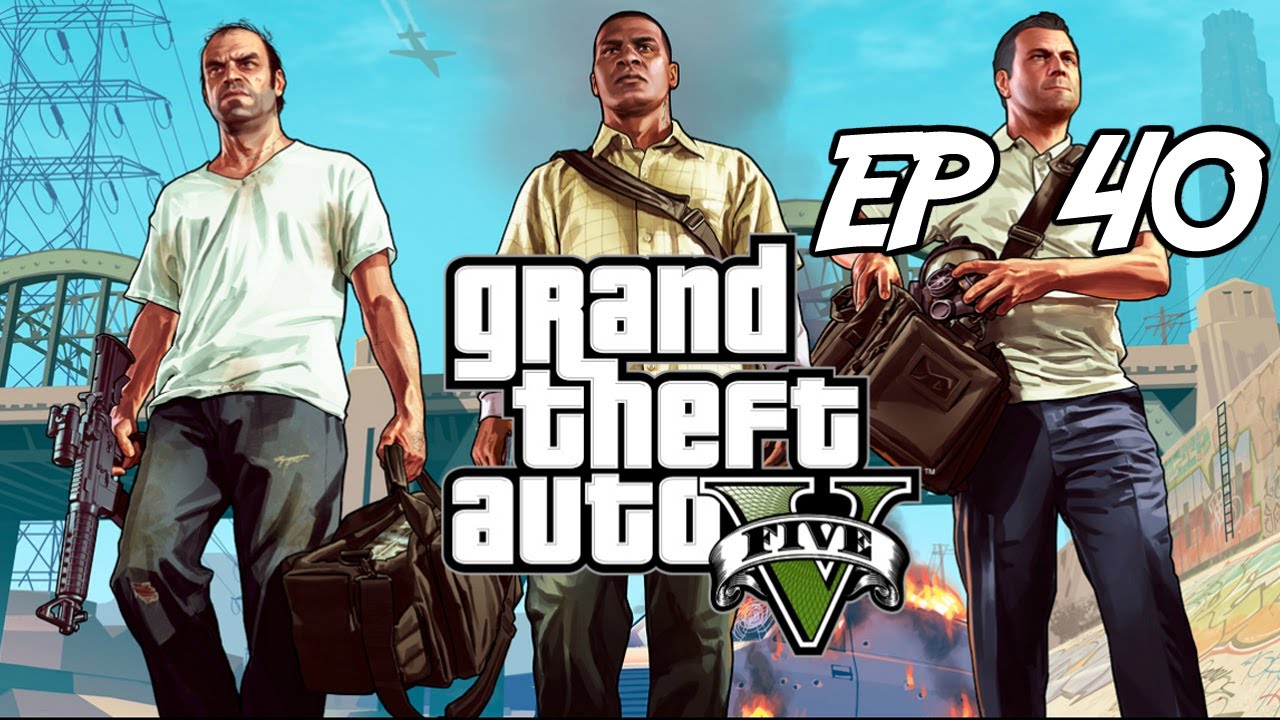Terrarian: The Ultimate Guide to Becoming a Master of Terraria
Introduction: Who or What is a Terrarian?
In the expansive pixelated world of Terraria, a Terrarian is not just a character — it's a representation of every player’s journey through the vast, unpredictable, and dangerous lands of this beloved sandbox game. From humble beginnings wielding a copper shortsword to eventually conquering the Moon Lord with legendary weapons and god-tier armor, the identity of a Terrarian evolves as rapidly as the gameplay itself.
Whether you're new to Terraria or a seasoned veteran looking to rediscover the thrill, this guide explores everything about becoming a powerful Terrarian — from mastering weapons and armor to dominating biomes, bosses, and crafting essential items. This deep-dive will cover the essential game mechanics, class builds, progression tips, and more, so you can thrive in both single-player and multiplayer adventures.
1. Understanding the World of Terraria
Terraria is a 2D sandbox game where exploration, crafting, combat, and building are central themes. The game begins with your Terrarian spawning into a procedurally generated world filled with diverse biomes, powerful bosses, hidden treasures, and mysterious NPCs.
Key World Elements a Terrarian Encounters:
-
Biomes: Each biome has unique enemies, resources, and music. Examples include the Forest, Corruption, Crimson, Jungle, Desert, Snow, and the infamous Underworld.
-
Day and Night Cycle: Affects enemy spawns, events like Blood Moons or Solar Eclipses, and boss fights.
-
NPCs: As a Terrarian builds homes and fulfills requirements, various NPCs like the Guide, Nurse, Merchant, and Arms Dealer arrive to assist in your progression.
Understanding this dynamic environment is the first step to thriving as a Terrarian.
2. Creating Your First Terrarian Character
When starting Terraria, players can create their Terrarian with various customization options — from appearance to difficulty mode.
Character Difficulty Modes:
-
Journey Mode: Creative-like experience with item duplication and god mode.
-
Classic Mode: Standard mode with item drop on death.
-
Mediumcore: Drops all items upon death — more risk involved.
-
Hardcore: One life — death is permanent.
Choose wisely, as it heavily influences your gameplay approach.
3. Gearing Up: Weapons and Armor for Every Stage
A Terrarian’s strength lies in their equipment. Choosing the right weapons and armor can mean the difference between victory and defeat, especially when facing bosses or exploring deadly biomes.
Early Game Essentials:
-
Weapons: Wooden Bow, Spear, Wand of Sparking
-
Armor: Wood, Cactus, Copper, Iron Armor
-
Accessories: Hermes Boots (mobility), Cloud in a Bottle (double jump)
Mid-Game Powerups:
As you defeat bosses like the Eye of Cthulhu or Skeletron, new crafting stations, ores, and gear become available.
-
Weapons: Night's Edge, Water Bolt, Minishark
-
Armor: Molten Armor, Necro Armor
-
Accessories: Obsidian Shield, Lightning Boots
Hardmode Arsenal:
Hardmode transforms the world — new enemies, harder biomes like Hallow, and mechanical bosses appear.
-
Weapons: Daedalus Stormbow, True Night’s Edge, Golden Shower
-
Armor: Titanium, Adamantite, Chlorophyte Armor
-
Accessories: Wings, Ankh Shield, Mechanical Glove
Endgame & Moon Lord Builds:
Facing the final boss requires peak gear.
-
Weapons: Terrarian (yo-yo), Last Prism, Meowmere, Stardust Dragon Staff
-
Armor: Solar Flare (melee), Vortex (ranged), Nebula (magic), Stardust (summoner)
-
Accessories: Celestial Shell, Soaring Insignia
4. Choosing a Class: Terrarian Builds Explained
Terraria encourages class diversity. While you can mix and match, committing to a specific class enhances your combat effectiveness.
Melee Terrarian:
-
Strengths: High defense, close-range power.
-
Gear: Swords, yo-yos, flails, Solar Flare Armor.
-
Accessories: Warrior Emblem, Fire Gauntlet.
Ranged Terrarian:
-
Strengths: DPS at a distance, versatile ammo types.
-
Gear: Bows, guns, Vortex Armor.
-
Accessories: Sniper Scope, Magic Quiver.
Magic Terrarian:
-
Strengths: High burst damage, crowd control.
-
Gear: Staves, spellbooks, Nebula Armor.
-
Accessories: Mana Flower, Celestial Cuffs.
Summoner Terrarian:
-
Strengths: Damage over time, minion control.
-
Gear: Whips, minion staves, Stardust Armor.
-
Accessories: Pygmy Necklace, Summoner Emblem.
5. Conquering Terraria Bosses as a Terrarian
Boss fights are crucial progression gates in Terraria. Each boss drops valuable loot and unlocks new parts of the game.
Pre-Hardmode Bosses:
-
Eye of Cthulhu
-
King Slime
-
Eater of Worlds / Brain of Cthulhu
-
Skeletron
-
Queen Bee
-
Wall of Flesh (activates Hardmode)
Hardmode Bosses:
-
The Twins
-
The Destroyer
-
Skeletron Prime
-
Queen Slime
-
Plantera
-
Golem
-
Duke Fishron
-
Empress of Light
Endgame Bosses:
-
Lunatic Cultist
-
Pillars (Solar, Vortex, Nebula, Stardust)
-
Moon Lord – The final boss, defeating him is a true test of a master Terrarian.
Boss Strategies:
-
Build arenas with campfires and heart lanterns.
-
Use buff potions (Ironskin, Regeneration, Swiftness).
-
Learn patterns and phases of each boss.
6. Mastering Terraria Biomes: Exploration and Survival
Each biome presents unique challenges and treasures. A prepared Terrarian must adapt their strategy based on the environment.
Important Biomes to Master:
-
Jungle: Home of Plantera and rich in Chlorophyte ore.
-
Corruption/Crimson: Hosts early-game bosses and valuable loot.
-
Hallow: Post-hardmode biome with powerful enemies and gear.
-
Underground & Caverns: Source of gems, heart crystals, and chests.
-
Dungeon: Key to unlocking magic weapons and essential materials.
-
Underworld: Crucial for summoning the Wall of Flesh and gathering Hellstone.
Exploring and conquering each biome is essential to becoming a complete Terrarian.
7. NPCs, Quests, and Building Your Base
A true Terrarian doesn’t just fight — they build and manage towns.
Important NPCs:
-
Guide: Provides crafting help.
-
Nurse: Heals HP instantly.
-
Arms Dealer: Sells guns and bullets.
-
Goblin Tinkerer: Reforging and combining accessories.
-
Mechanic: Traps and wires.
-
Truffle: Required for Shroomite Armor.
Happiness System:
Placing NPCs in their preferred biomes and with friends lowers shop prices and unlocks the Pylon Network (fast travel between bases).
8. Essential Terraria Items for Every Terrarian
No Terrarian should venture out without these tools and items:
-
Magic Mirror / Cell Phone: Fast return to base.
-
Mining Tools: Pickaxes, drills, and the Picksaw.
-
Wings: Mid-air mobility.
-
Fishing Rods: For quests and crate farming.
-
Buff Potions: Sharpening, Endurance, Wrath, etc.
9. Multiplayer and Modded Terrarians
Multiplayer Gameplay:
Terraria shines in multiplayer. Team up to fight bosses, build megastructures, or conquer large worlds faster.
Popular Terraria Mods:
-
Calamity: New biomes, bosses, gear.
-
Thorium: Adds new classes and content.
-
TModLoader: Modding platform supported by Terraria developers.
Modded gameplay expands the life of any Terrarian’s journey.
10. Tips for Aspiring Terrarians
-
Use hoiks and teleporters for mobility and boss arenas.
-
Stockpile potions — prep is half the battle.
-
Use gravitation potions to explore sky islands early.
-
Farm events like Pirate Invasion or Frost Moon for rare items.
-
Use smart mining tools like the Spelunker potion.
Conclusion: The Journey of a Terrarian Never Ends
The world of Terraria is a boundless adventure filled with creativity, danger, and discovery.
Becoming a true Terrarian means more than wielding the best weapons or defeating the toughest bosses — it's about exploration, experimentation, and evolving with each new world you create.
Whether you play for the thrill of combat, the satisfaction of building intricate towns, or the joy of adventuring with friends, Terraria offers limitless opportunities. So gear up, craft wisely, and embrace the legacy of a Terrarian — the champion of a world you shape with every block, sword swing, and spell cast.
